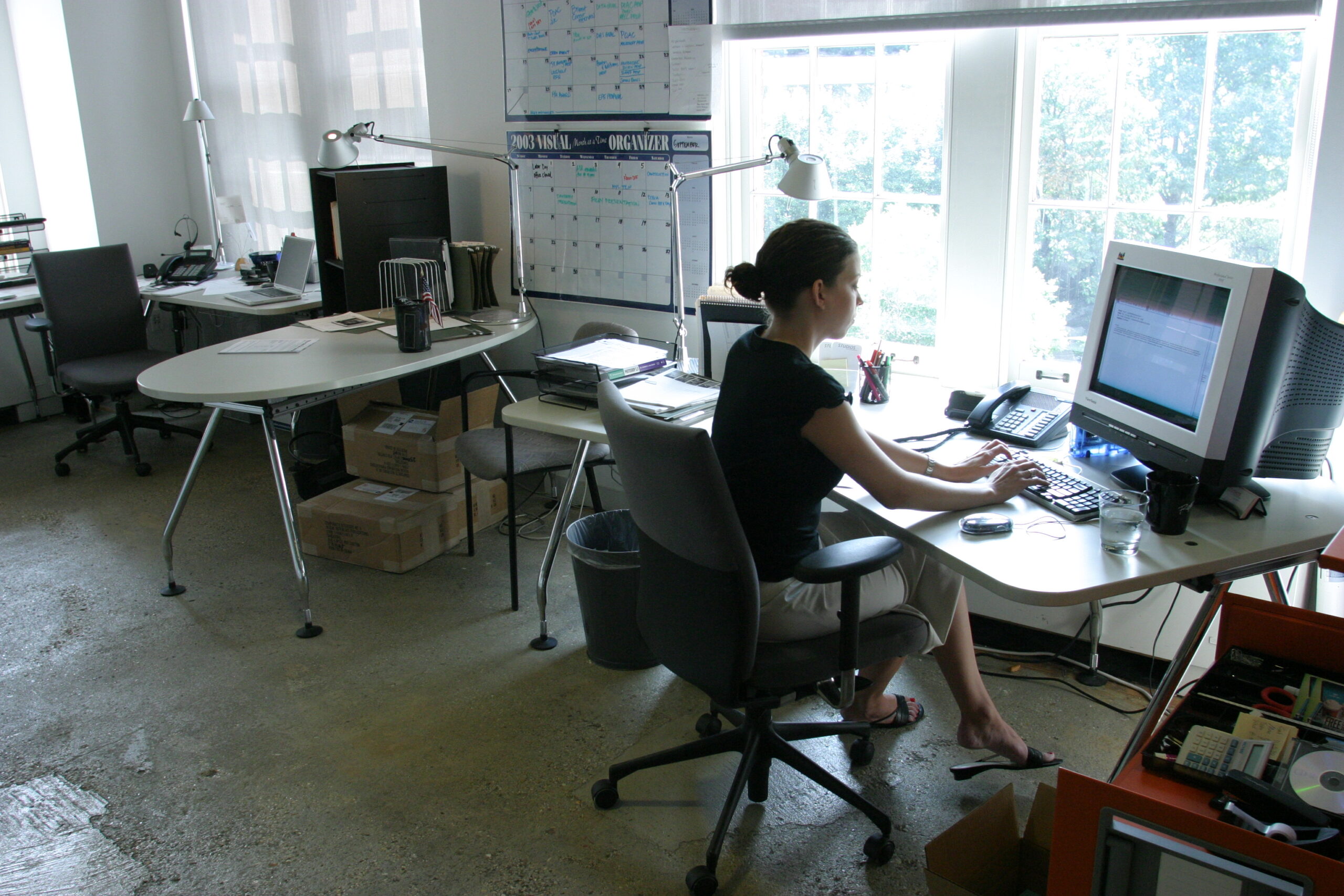
Energy retrofits of existing structures can reduce the impact of already embodied carbon, create more equitable communities, and stimulate the economy.
Key takeaways
- Deep energy retrofits of existing building stock will be a critical component of addressing the current climate crisis.
- Retrofitting existing buildings, if done with intention and in collaboration with stakeholders, can contribute to the creation of more equitable communities.
- Deep energy retrofits are an economic opportunity for architects that will stimulate the economy and reduce carbon emissions.
- A wide variety of resources are available to advocate and make the case for retrofitting existing buildings.
A decade ago, 43% of all energy consumed in the United States was dedicated to the heating, cooling, and powering of buildings, outpacing demand for both industry and transportation. And, that number hasn’t changed dramatically since 2011. U.S. Energy Information Administration (EIA) data indicates that buildings are still responsible for about 40% of all U.S. carbon emissions.
Deep energy retrofits are an economic opportunity for architects that will stimulate the economy and reduce carbon emissions. As demand for design services remain sluggish, retrofits present an opportunity for architects and members of the AEC community to address critical infrastructure needs responsibly while renovating these buildings to meet zero-carbon emission goals. Blueprint for Better outlines a map of US building stock that offer opportunities for renovation, from existing office buildings and educational spaces to hotel, retails, and healthcare facilities. Residential projects also present opportunities.
Retrofitting existing buildings, if done with intention and in collaboration with stakeholders, can also contribute to the creation of more equitable communities. That same Blueprint for Better article highlights the case study of The EastPoint Project in Oklahoma City which helped revitalize and entire community.
Energy Retrofit Resources
Deep Energy Retrofits: An Architect’s Guide to the Energy Retrofit Market
Offers marketing information, describes the architect’s role, provides data to make the business case, and offers case studies.
Deep Energy Retrofit RFP Guidelines
Provides language to incorporate with an existing RFP specifically requesting a deep retrofit which can easily integrate within an organization’s existing RFP documents and processes.
Retrofit Depot: Guide to Building the Case for Deep Energy Retrofits
Gives guidance on building the case, managing deep energy retrofits, and identifying design opportunities.
AIAU: Deep Energy Retrofits and the Architect’s Role in This Emerging Opportunity
This 90-minute course provides an overview of the key concepts, the deep energy retrofit process, and describes the financial tools and incentives available.
